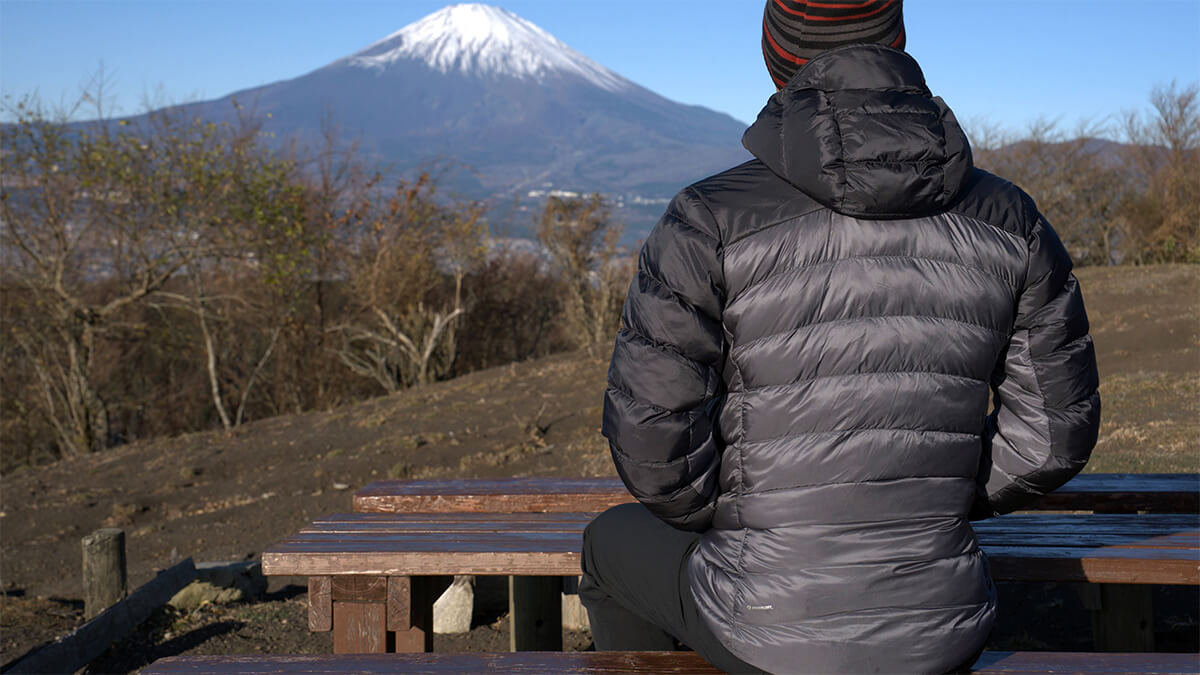
We've selected from approximately 200 synthetic insulation models essential for autumn and winter outdoor activities, and we've compiled the best models for each purpose and preference, along with tips on how to choose the right one.
When layering winter outdoor wear, the key to comfort is using a mid-layer, which keeps you warm and allows sweat to escape.
There are many different types of mid-layers depending on the season and their role, but the most useful mid-layer for mountain climbing and winter sports is an insulated jacket with synthetic fiber padding. Down is certainly superior in terms of lightness and warmth, but synthetic fiber insulation is superior in terms of resistance to stuffiness and wetness. Fleece is also resistant to stuffiness and wetness, but it cannot match synthetic fiber insulation in terms of lightness, compactness, and heat retention. From this overall perspective, synthetic fiber insulated jackets are essential clothing for a variety of outdoor activities in the cold season.
So, this time, Outdoor Gearzine has compared approximately 200 models of synthetic insulation jackets currently available on the market from various angles, using its own unique perspective, to select the best models for various uses, situations, and preferences.In the second half of the article, we will also introduce some points to consider when choosing the perfect jacket for you.
Please note that while we are only introducing one or two items in each category here, the other best candidates and a comparison table of all 225 items including them are available to members. Outdoor Gearzine's content is supported by your support. If you are interested, please consider becoming a member!
You can read all the recommended synthetic insulation jackets and a comparison list of all 196 models in the paid membership article.
table of contents
- Vests and synthetic insulation jackets for different occasions, purposes, and preferences
- 1. Best all-purpose synthetic insulation (my first one)
- 2. Autumn hiking and mountain climbing clothing
- 3. Winter hiking and mountain climbing gear
- 4. Mid-layers for fall and winter, designed for layering
- 5. Autumn and winter running wear
- 6. Winter clothing for backcountry skiing and running
- 7. A multi-player that can be used year-round as cold weather clothing in spring and summer and activewear in autumn and winter
- 8. Highly insulated winter clothing to take with you on mountain climbing trips in the dead of winter
- 9. Cold weather clothing that provides solid protection while still allowing for easy movement, making it ideal for light activities at ski resorts.
- 10. Low-cost all-around synthetic insulation
- 11. Low-cost active insulation (exposed)
- 12. Low-cost active insulation (with shell)
- 13. A belay jacket with excellent insulation and weather resistance
- 14. Ultralight Active Insulation
- 15. Ultralight synthetic insulation
- Key points for choosing the right synthetic insulation
- summary
Vests and synthetic insulation jackets for different occasions, purposes, and preferences
1. Best all-purpose synthetic insulation (my first one)
First, we'll start with a model that can be described as "all-purpose cold weather clothing," one that fulfills the original role of synthetic insulation while remaining highly versatile even in today's world, where uses, activities, and situations have become increasingly specialized. Many models are long-time classics, but they have steadily evolved over the years to fit modern needs. Among them, the milestone Heatwave Titanium Hoody is a promising newcomer. Its Climashield® insulation and titanium sputtering lining maximize warmth while remaining lightweight.
2. Autumn hiking and mountain climbing clothing
Active insulation, which has enhanced breathability and sweat management capabilities to reduce discomfort during cold weather, is ideal for hiking and mountain climbing. However, even such insulation doesn't provide sufficient warmth for autumn mountain climbing. However, it can be cold if the padding is too exposed and the wind is too harsh. Therefore, it's best to have insulation that is breathable yet offers adequate wind resistance, stretchable for easy movement, and as thin and lightweight as possible. Based on these criteria, we recommend the following. The Arc'teryx Delta Hoody's OCTA and Delta Peak combination and the Rab Evolute Hoody's PrimaLoft Active Evolve and Motiv Aero combination are particularly excellent. If you prefer a little more wind resistance, the Patagonia Nano Air Ultralight Full-Zip Hoody is also convenient and can be worn year-round.
3. Winter hiking and mountain climbing gear
Based on the above features, we've selected active insulation models suitable for colder temperatures and snowy mountains. While not as breathable as the second model, they offer sufficient wind resistance to keep out the wind and cold. Furthermore, both models feature highly breathable, quick-drying padding, allowing moisture and sweat to escape. Stretch materials and side stretch panels ensure ease of movement. They also offer adequate protection from the winter chill, making them suitable for outerwear. The jacket with the best balance of these features is the Rab Xenair Alpine Flex Jacket. It boasts a windproof, breathable, and stretchable Pertex Quantum Air outer shell, breathable Primaloft Gold Insulation Active+ insulation, and stretch fleece side panels for a flawless look. Another notable example is the Teton Bros. Wapiti Hoody, which boasts a softshell outer shell with OCTA lining for stretch and windproof protection.
4. Mid-layers for fall and winter, designed for layering
The so-called "exposed" active insulation, which does not have the outer and inner linings that are normally found in padding, is incredibly light and has both extremely high heat retention and breathability, making it a double-edged sword. When you actually use it, it's great if you like it, but when it's cold and windy, you need to pair it with an outer layer, or when you're sweaty, you need to take it off and let the air directly in, so you'll understand that it's important to combine it with other clothing to maintain just the right level of comfort depending on the situation.
If you plan on using it with layering in mind, the exposed style of Active Insulation makes perfect sense. I often wear this type as a mid-layer under a shell when backcountry skiing in the coldest winter.
Here, the best products are those that don't simply use Alpha Direct or OCTA, but also take into consideration ease of movement, thickness, and durability.
The item I'm most looking forward to this season is the "Houdini Lykan Half Zip." It's made from the unique, extremely soft, lightweight, stretchy, brushed material "Airweb Knit™," and is a seamless, whole garment garment that's incredibly comfortable to wear. It's also functional, boasting excellent insulation, breathability, and moisture absorption, so it's said to perform well enough for active wear. I haven't actually tried it yet, but I'm looking forward to it.
5. Autumn and winter running wear
For running, it's important to have not only active insulation, but also excellent mobility, a comfortable fit, and the ability to wick away sweat. As the weather gets colder, high wind resistance in the body and front is also required.
The NORRONA Senja Alpha90 Zip Hood is a mid-layer from the Senja series, Norrona's trail running line, which I've recently become very fond of. It's designed with precise balance between areas that retain heat and areas that release it, and is lined with highly stretchable fleece, providing a lightweight yet effective balance of warmth, breathability, and durability.
6. Winter clothing for backcountry skiing and running
When I think of winter clothing for backcountry skiing, I envision active insulation that combines heat insulation with breathable, quick-drying properties, and a windproof, water-repellent fabric that provides adequate protection from wind and snow even when worn as an outer layer on climbs. Furthermore, something with ample mobility around the shoulders and elbows is ideal. Incidentally, my favorite jacket, which I used until last year, is still the hoodless version of the Teton Bros. Sub Hoody. I'm also looking forward to the Patagonia Nano Air Ultralight Freeride Jacket, another favorite from the Nano Air series, which has been adapted for backcountry skiing this season.
7. A multi-player that can be used year-round as cold weather clothing in spring and summer and activewear in autumn and winter
Lightweight and compact enough to be tucked into a backpack as a lightweight winter jacket in spring and summer, yet highly insulating enough for active wear in autumn and winter, these highly practical models can be used all year round. The "STATIC AFTERBURNER HYBRID HOODY" is particularly noteworthy, as it combines lightweight insulation with a titanium-coated lining for maximum performance within a limited weight.
8. Highly insulated winter clothing to take with you on mountain climbing trips in the dead of winter
This is a warm, comfortable, and voluminous winter garment that prioritizes insulation and is perfect for mountain climbing in the depths of winter. While many models now use PrimaLoft® ThermoPlume® as the padding, I experienced its down-like lightness, fluffy feel, and high insulation when I wore the Rab Cirrus Ultra Hoody last year. Its compact storage makes it ideal for winter mountain climbing.
9. Cold weather clothing that provides solid protection while still allowing for easy movement, making it ideal for light activities at ski resorts.
If you're planning on relaxing at a ski resort in freezing cold, you'll want winter clothing that's reasonably breathable, quick-drying, warm, and easy to move in. Ideally, you'll want a combination of stretchy padding and shell fabric, and stretch panels in the moving parts to allow for ease of movement.
10. Low-cost all-around synthetic insulation
Here we'll pick out some cost-effective models. The Columbia Labyrinth Canyon II Jacket is a versatile, simple synthetic winter jacket that beats out Montbell for a surprisingly low price. And then there's Rab. It's hard to believe the quality at this price!
11. Low-cost active insulation (exposed)
Of the exposed active insulations that have sprung up like mushrooms after a rain, which are currently the most readily available? Karrimor! Manhar! AxisQueen! All three are top-tier brands that use OCTA. This Mountain Hardwear model was around from the beginning of this trend, and I still wear it, even though the lining is still smooth. Polartec Alpha Direct offers a great deal on Taiwan's ULSUS.
12. Low-cost active insulation (with shell)
Montbell has been making the lightweight and highly breathable insulation "Exceloft" since before the term "active insulation" was even used, and their prices remain as affordable as ever. Even though most of the products are made by Japanese manufacturers, Rab's products are still a great bargain.
13. A belay jacket with excellent insulation and weather resistance
This belay jacket offers outstanding insulation and weather protection for belayers who must stay in a stable position in the freezing cold while snow falls from above. Many of the models featured here use PrimaLoft® CROSS CORE technology, which offers the highest level of insulation per weight. As these are models for extreme use, no compromises were made. The highlight here is the high cost performance of the Rab Generator Alpine Jacket. It's unbelievably expensive.
14. Ultralight Active Insulation
What if you're an ultra-lightweight hiker looking to keep things as light as possible, even in winter? Well, if you're wearing it all the time, it's not a big deal, but the following three models offer insulation that's light enough to carry around without even noticing. Since they're all exposed, you'll need to use them in conjunction with rainwear or find some creative ways to wear them to keep out the wind.
15. Ultralight synthetic insulation
This ultra-lightweight model is a useful additional layer of cold weather gear for mountain ridges or when sleeping. The ENLIGHTENED EQUIPMENT Torrid Jacket, which has begun to be sold in garage brand shops across Japan this season, is overwhelmingly lighter than others. The milestone Heatwave Titanium Hoody, which also uses Climashield®, is also intriguing. And in terms of lightness and compactness, the Patagonia Micro Puff Hoody, which uses a unique down-like padding, is no less impressive.
Key points for choosing the right synthetic insulation
Point 0 (Prerequisite): Know about layering
Before continuing as it is, I'll give you a rough review of the concept of layering (if you know, please skip it).
"Layering" outdoors refers to the theory of how to wear it to ensure a safe and comfortable atmosphere in harsh natural environments. Layering allows for quick removal of moisture from the clothes, mainly due to sweating, to keep the body dry, to keep the body constant (heating), and to block out the outside air, rain and snow, which can not coexist in one piece. Layering is not just about layering, but you can roughly complete it by layering layers (clothes) with the following three functions in order from the skin.
Base layer: absorbs sweat and passes it on the outside
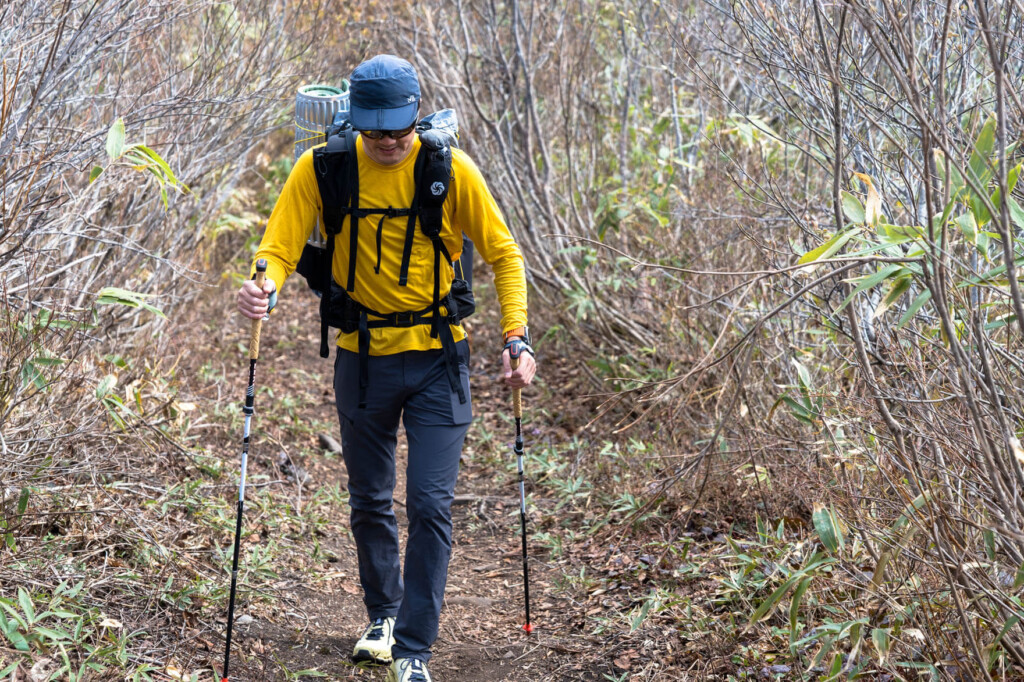
The layer that is worn directly on the skin is called a base layer. By sucking up the sweat that comes from your body and letting it escape (pass it to the top layer), it makes it easier to keep the skin dry and keep your body temperature constant, reducing the discomfort of clothes wet with sweat. For this reason, the fabric material is made from chemical fibers and wool, which have excellent moisture absorption and quick drying performance. In hot seasons, this is often used alone, and is the most worn clothing throughout the year.
Related Articles
Mid-layer: Heat retention (and moisture discharge)

The role of the mid-layer is simply heat insulation. A "air wall" is created by sandwiching clothes filled with padding between the external cold air and body temperature. This traps warm air near the surface of the body, keeping you warm and comfortable. Another important role is breathability, which allows moisture (water vapor) to be removed from the base layer. Unfortunately, no product is always comfortable no matter what season or activity. That's why mid-layers need to be smart, but I'll explain more about them later.
Shell Layer: Blocks wind, rain, snow and outside air (and releases moisture)
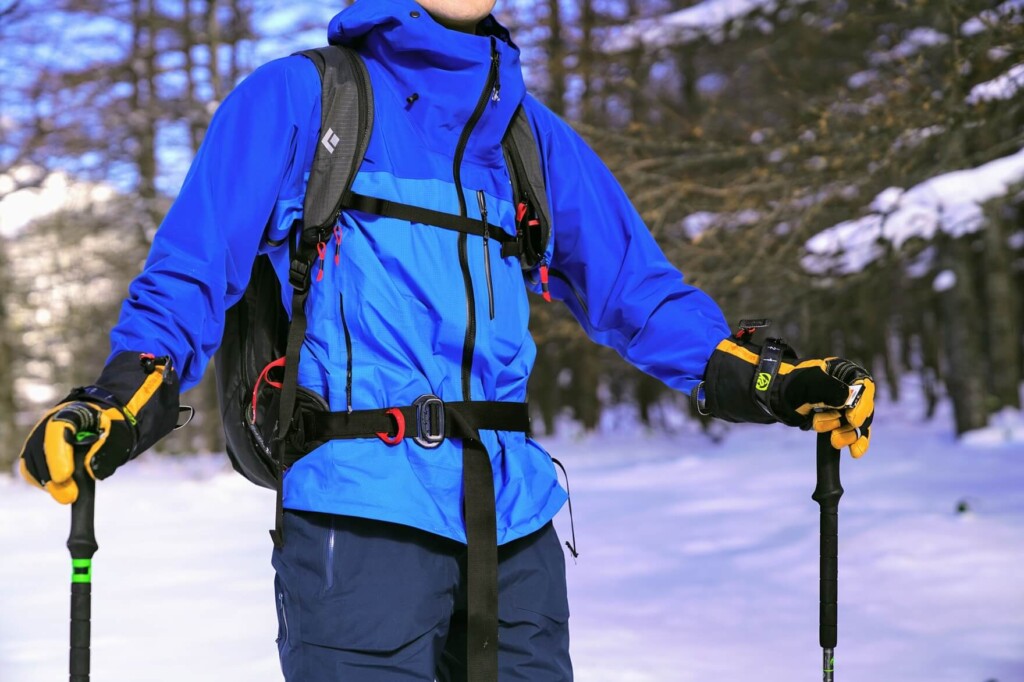
While the base midlayer was primarily responsible for keeping the inside of the clothing comfortable, the shell layer's role can be said to be primarily responsible for protecting the inside from the outside environment. It blocks out external irritations that can threaten comfort, such as cold air, rain, wind, and snow, and keeps the inside of your clothes safe. Specifically, by putting on a jacket made of waterproof and breathable materials such as GORE-TEX, it functions to prevent wind and water from entering from outside, while also allowing moisture from inside to escape. Depending on the weather conditions you expect, there are various types, from thin wind-proofing types to thick waterproof, windproof and highly insulating types.
Related Articles
Point 1: Know the types of synthetic insulation and their characteristics
Now that we have fully understood the role of layering, we will finally get to the heart of choosing a mid-layer. As mentioned above, the main role of the mid-layer is to "insulation and heat retention," but then, if you just want to choose a jacket with high heat retention, this is not that simple.
Sometimes they stay still when climbing mountains, sometimes they are active vigorously, sometimes they are a little chilly, sometimes they are freezing cold. There is no one yet that would provide just the right amount of comfort in every situation.
To achieve just the right amount of comfort in any situation where heat is needed, the simplest but most clever way to achieve different comfort levels is to use multiple mid-layers from different areas of expertise. To do this, you first need to know about the typical types of mid-layers to wear on the mountains.
Type 1: Synthetic insulation for warmth
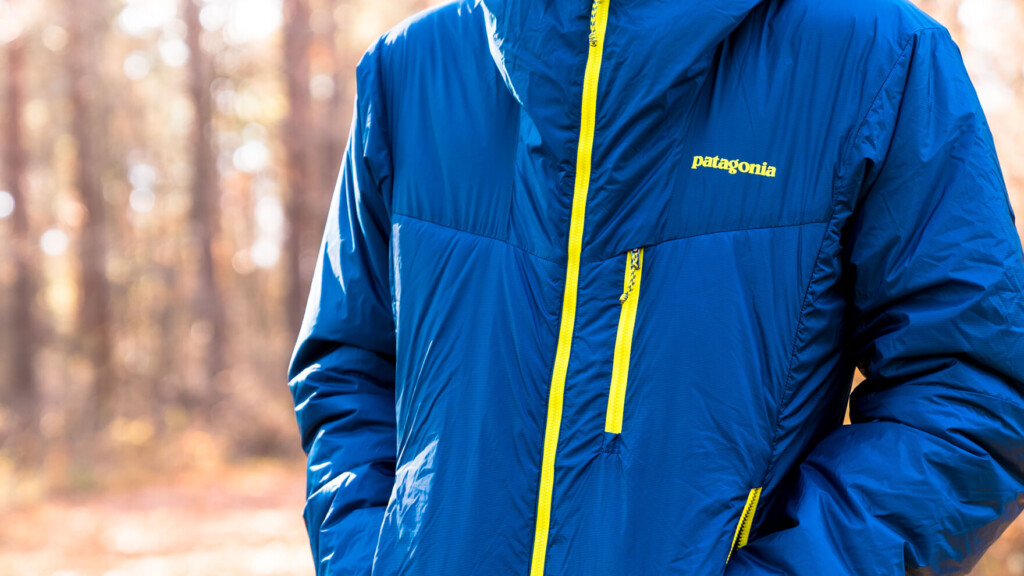
First of all, there are synthetic insulation jackets, which aim to perform the same role as down (feathers), being as light as possible while still providing high insulation. Their distinctive feature is that they offer insulation per weight approaching that of down, while also being resistant to getting wet. This toughness is an important advantage when outdoors, as they retain their heat retention even when soaked with sweat, rain, or snow, and the more intense the activity, the more situations in which synthetic insulation is useful. Another major attraction is their ease of care, as they are easy to wash. Typical padding materials include Thinsulate, Primaloft, Coreloft, and Exceloft.
The high heat retention, which has never been able to keep up with down no matter how far it goes, has steadily improved in recent years with high-tech materials such as aerogel, so its performance and usability have definitely been increasing.
However, even this type of synthetic insulation that prioritizes heat retention has varying degrees of heat retention depending on the amount (thickness) of padding, so you will need to choose the appropriate weight depending on how cold you will be wearing it in.
Related Articles
Type 2: Active insulation type with enhanced functionality for active wear

The other is the next generation mid-layer "active insulation" jacket, born as a derivative of the above synthetic fiber insulation, and has become completely established over the past few years.
In terms of material, it is a pasted synthetic fiber padding, but although it does not match the above type in terms of heat retention per weight, it has the characteristic of drying faster and breathable, and keeping the inside of the clothing dry in the unlikely event that you sweat.
In addition, many models have stretchy properties and are more suitable for active scenes, and are surprisingly comfortable even when you sweat and act vigorously in low temperatures, so you can continue wearing them even when you are active.
Active insulation jackets are, so to speak, "movable winter clothing." It is always comfortable to wear even when you leave it on during winter activities, so this is a convenient intermediate wear that is so convenient that it is essential not only for mountain climbing in the winter, but also for backcountry where it is difficult to put on and take off.
Representative materials include Polartec® Alpha®, Teijin OCTA, Toray 3DeFX+, Patagonia Full Range, THE NORTH FACE Ventrix™, and Primaloft® Gold Active Evolv, and new materials are constantly being introduced by various manufacturers.
Type 3: Balanced
The third type is what we might call an "all-rounder" that offers a good balance of both of the above. This type offers moderate warmth, is lightweight and compact, yet also has excellent breathability and protection, making it useful all year round, serving as both outdoor wear in the fall and winter and as cold weather wear in the spring and summer.
Point 3: Choose according to the occasion (timing)
Now that we know that synthetic insulation has a variety of functional features depending on the material and structure, it's clear that the best way to choose the perfect piece of gear is to use it according to the situation in which you'll be wearing it. It's important to determine the functions you prioritize in each situation and choose the appropriate clothing for that. Of course, there may be times when you can only choose one piece of gear due to budget or physical constraints, but being creative in these situations is what makes choosing outdoor gear so difficult, and also what's fun.
For people who plan to wear cold weather clothing in situations where they won't be moving around much (and won't sweat), we recommend synthetic insulation that prioritizes warmth.
On the other hand, if you want to wear it while active in cold weather, it is better to choose the "active insulation" or "balanced" type.
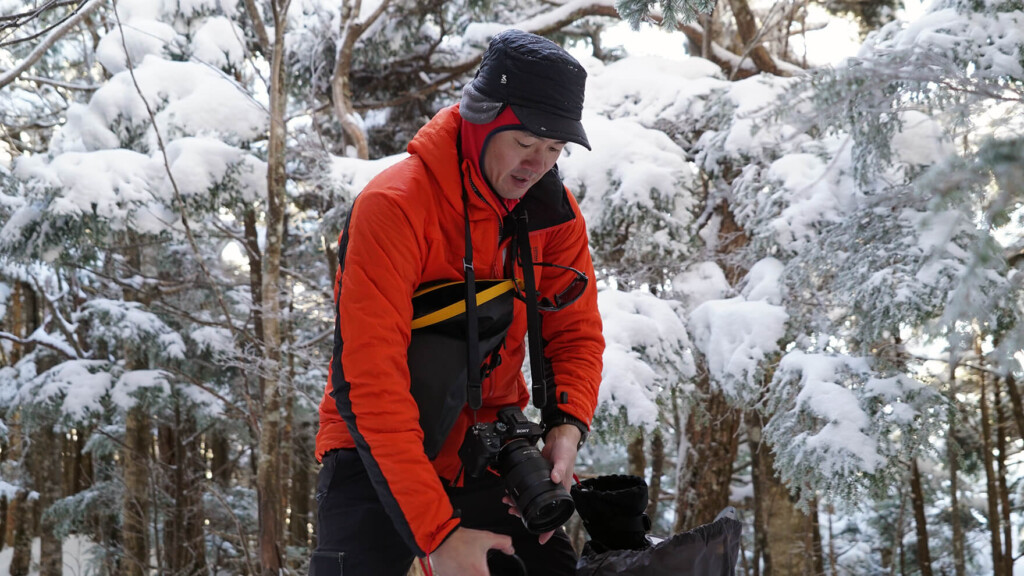
Point 4: Choose based on whether you will wear it as outerwear or not
In recent synthetic insulations, in addition to the traditional orthodox "padded + shell fabric on the front and back" jacket structure, there are also "padded only" jackets, such as heavy-duty active insulation. The type with padding sandwiched between shell fabric not only acts as a mid-layer to protect against the cold, but also has sufficient wind resistance and durability, making it useful as an outer layer. However, since the shell fabric makes it difficult for wind to pass through, it does not have outstanding breathability.
On the other hand, jackets that are made only of padding (insulating) material, like sweaters and fleece, are suitable for high-output activities when worn under a shell as they provide high warmth, lightness, and breathability, but they also have the disadvantage of being too windy, making them difficult to use as outerwear in the mountains.
Of course, this is not a question of superiority or inferiority, so if you are looking for a piece to wear as outerwear, there is a good chance that this one will be a better match.
Point 5: Other points to check when choosing winter clothing
Based on my personal experience, the following points should be taken into consideration when choosing a mid-sized outfit.
When using as an outerwear, it is convenient to have hand warmer pockets on the left and right, but it's not necessary if you want to wear it as a middle-wear item. In fact, the chest pocket is convenient at the time.
Food
There is a difference between whether or not the head can be protected from cold without having a hood. Naturally, if you think about it alone, it is safe to assume that a hood will improve your cold protection, but if possible, it would be better to think about it as a whole layering. For example, if the base layer and hoods, mid layer and outerwear have hoods, it will cause a considerable traffic jam around the neck, which will actually cause heat, bulky and suffocating. At the very least, if the outerwear has a hood and the neck can be kept warm with a balaclava or something similar, you can think that's enough. In that case, a jacket without a hood is sufficient for the middle wear. In fact, I really like that pattern.
The mainstream is a stretchy material that fits the size of your head, or one that can be adjusted with a drawstring. If the pattern is not that right, it can be uncomfortable because if it doesn't fit your size, air will leak or your vision will be blocked if it is over. Also, when it comes to warm-weather clothing, which is intended to be outer, it is often made larger with the assumption that it will be worn over a helmet, so this may vary in preference.
summary
Like any other mountain gear, synthetic insulation jackets see the emergence of new materials and features every year, so the important thing is to understand the product's features (pros and cons) and wear it in a way that suits your usage and preferences. We hope that this article will help you find the ideal insulation for you.



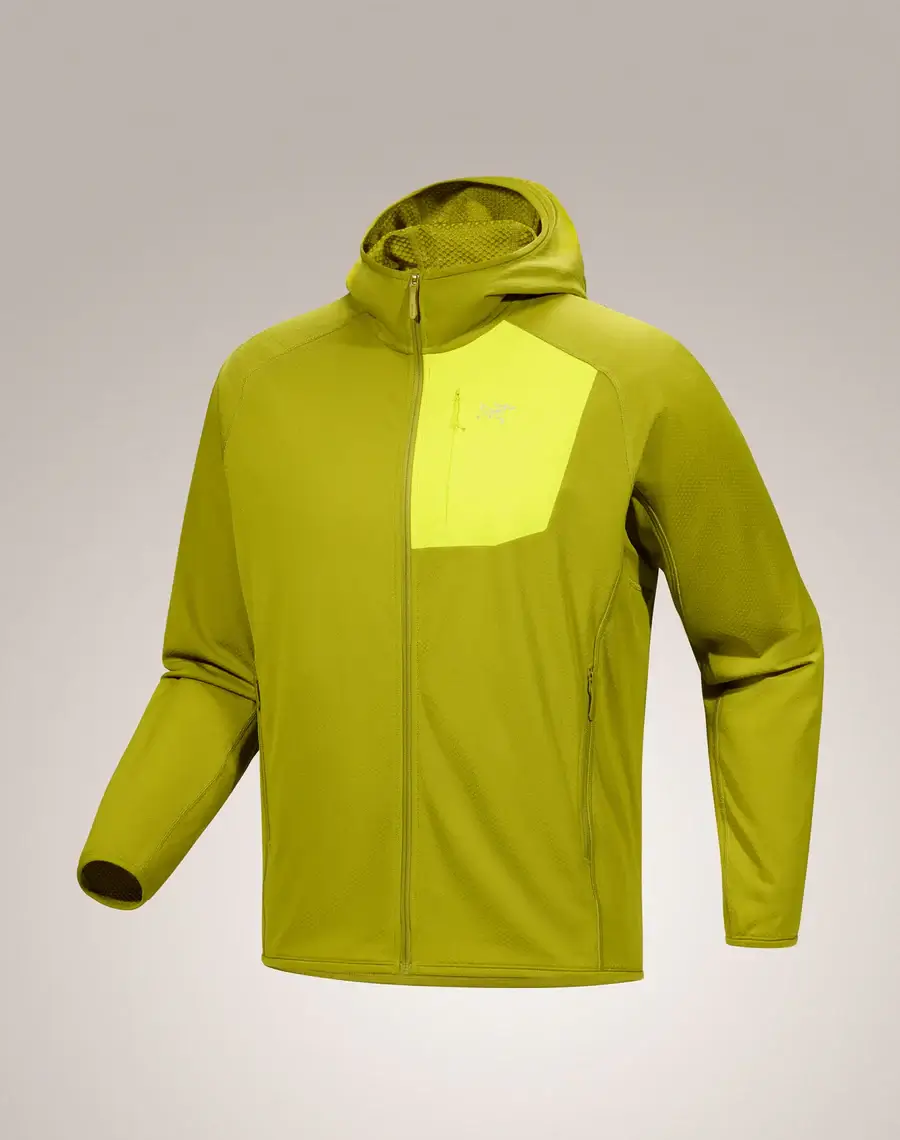

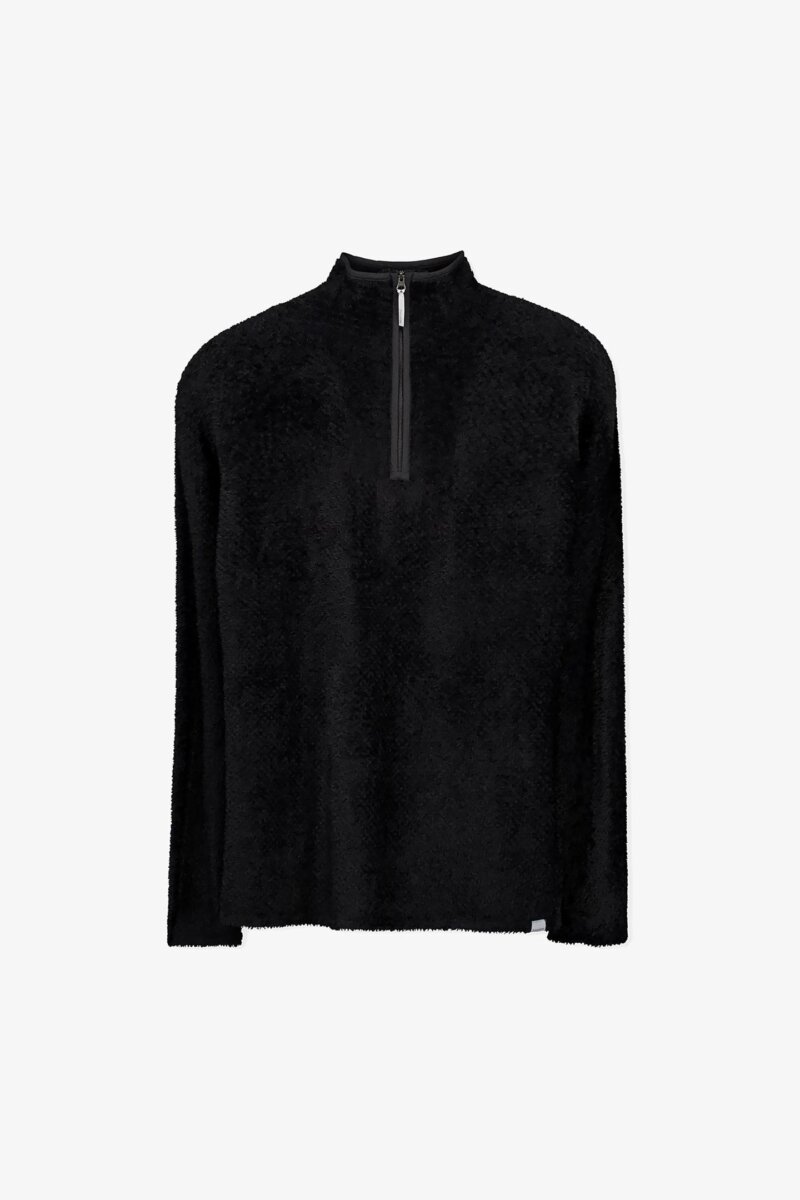
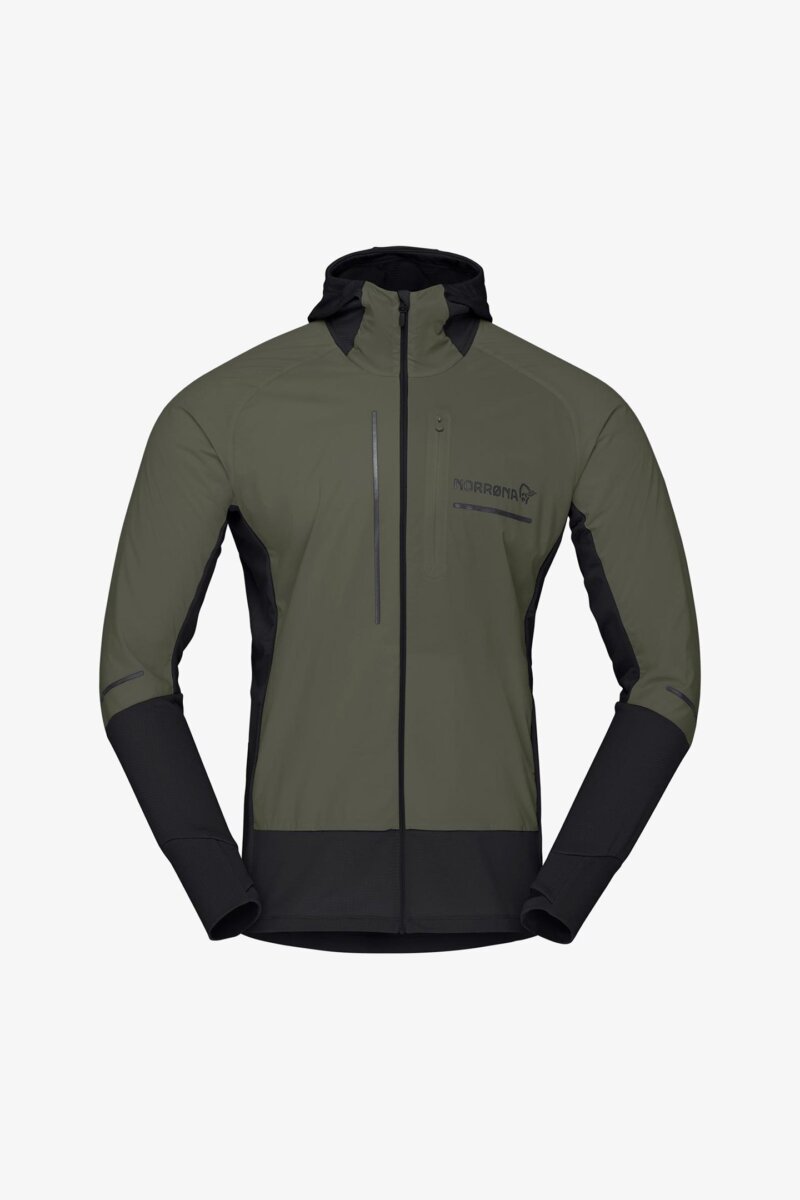
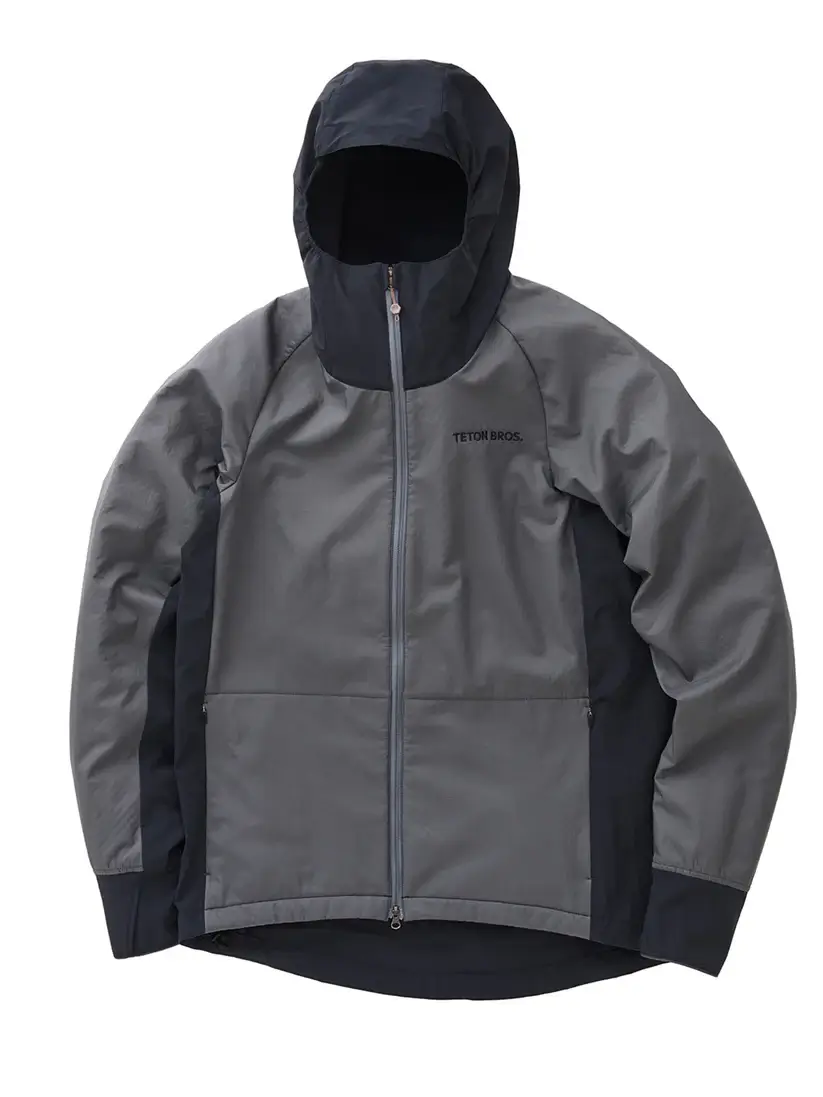
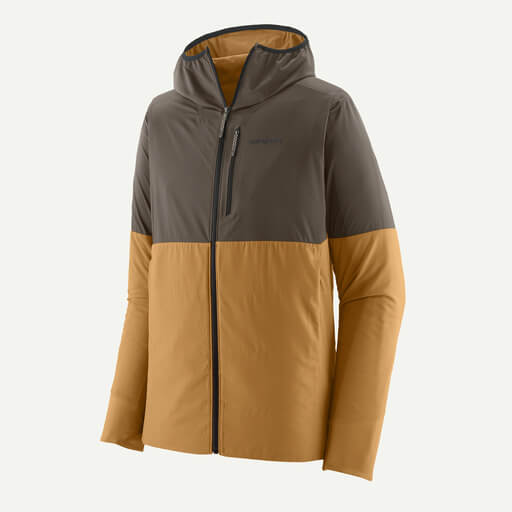
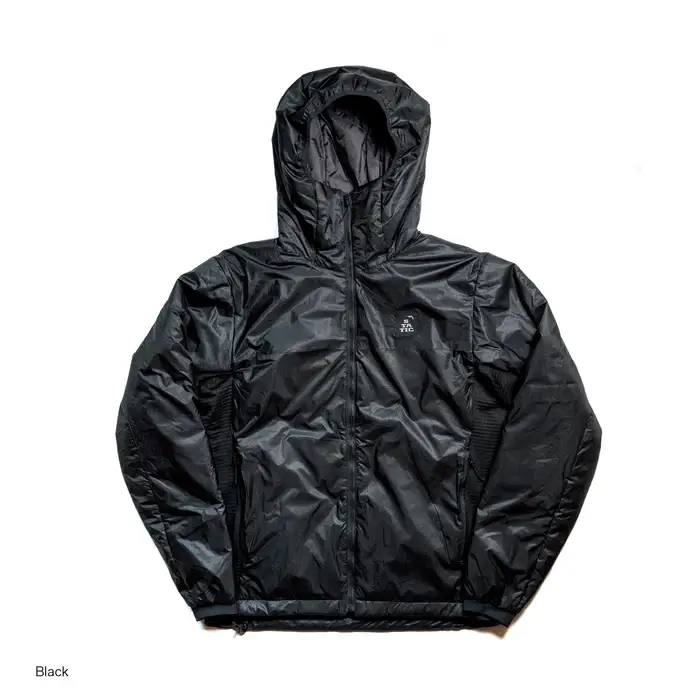
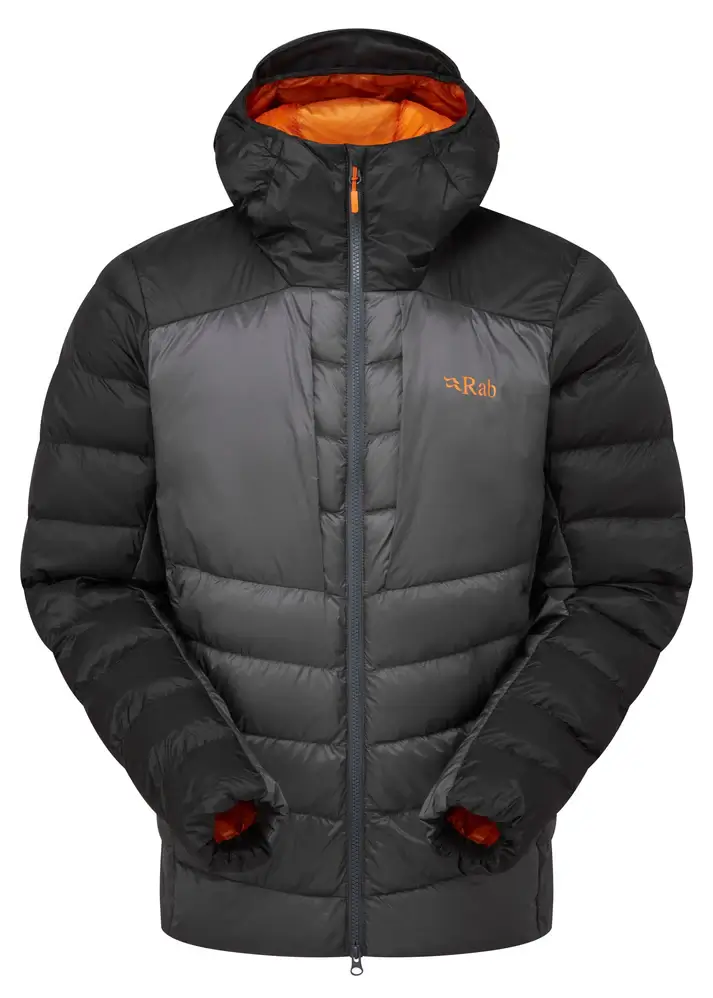

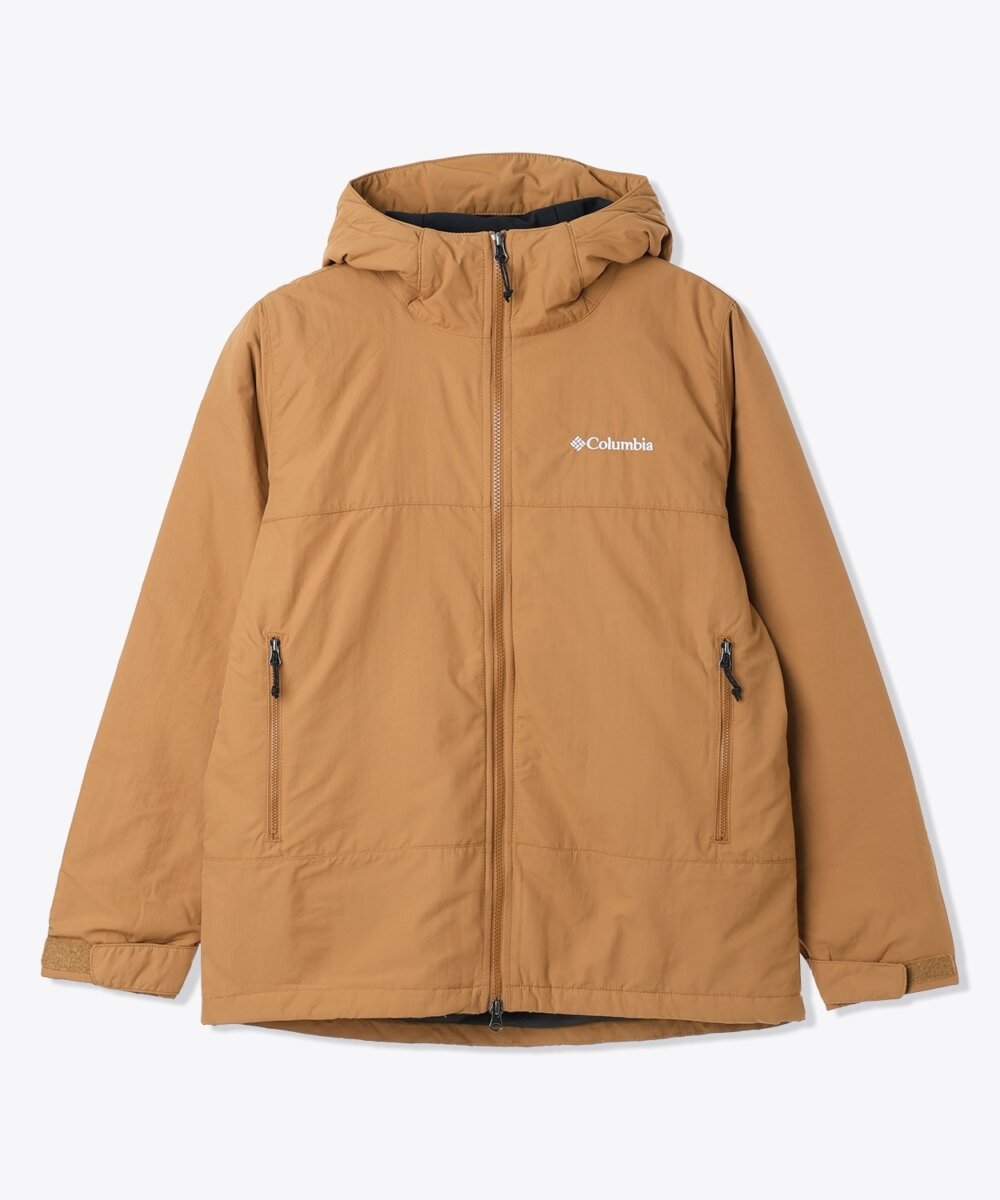
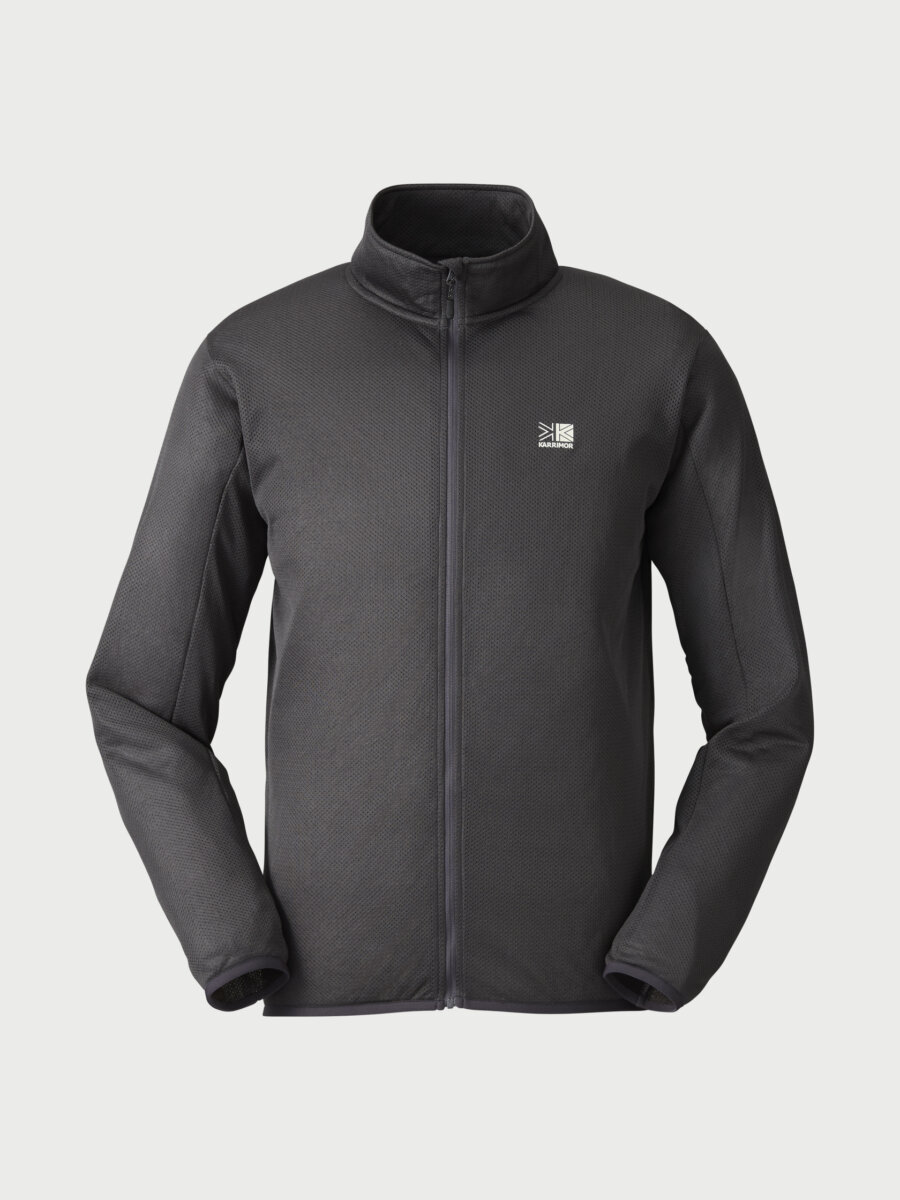
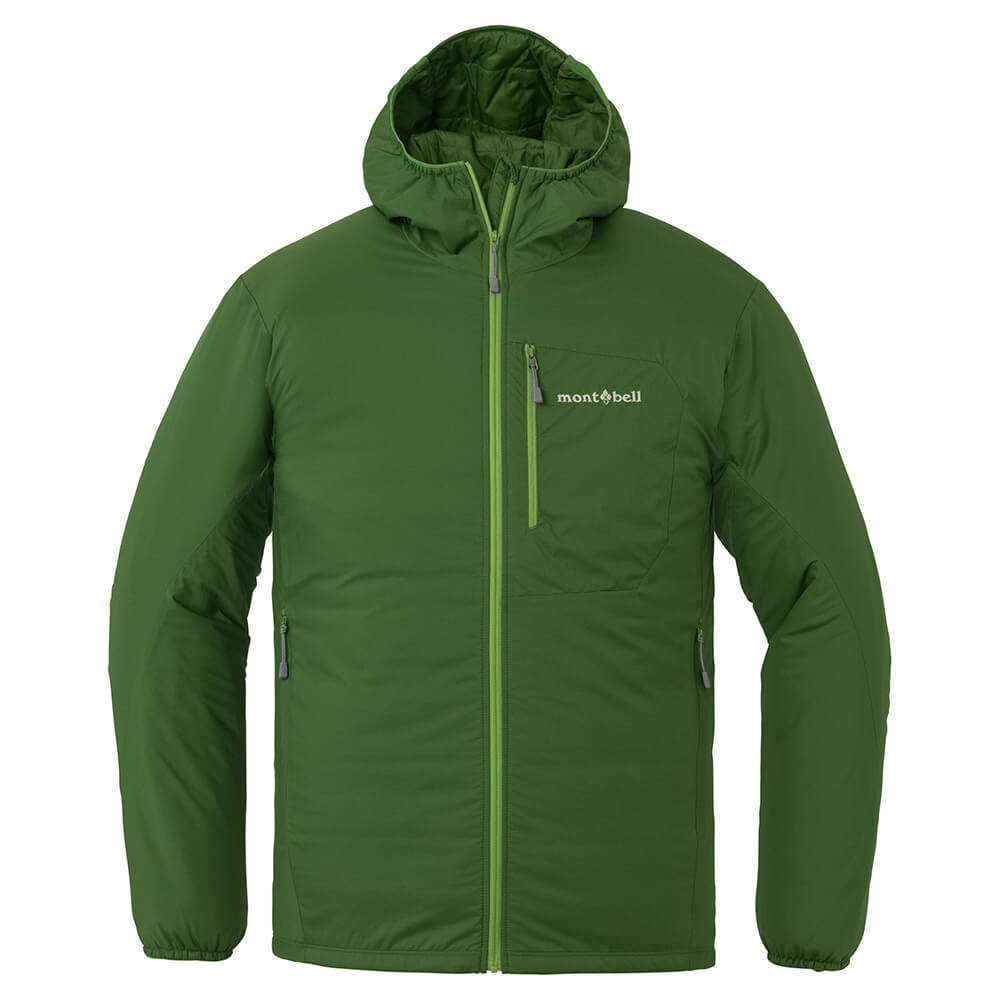
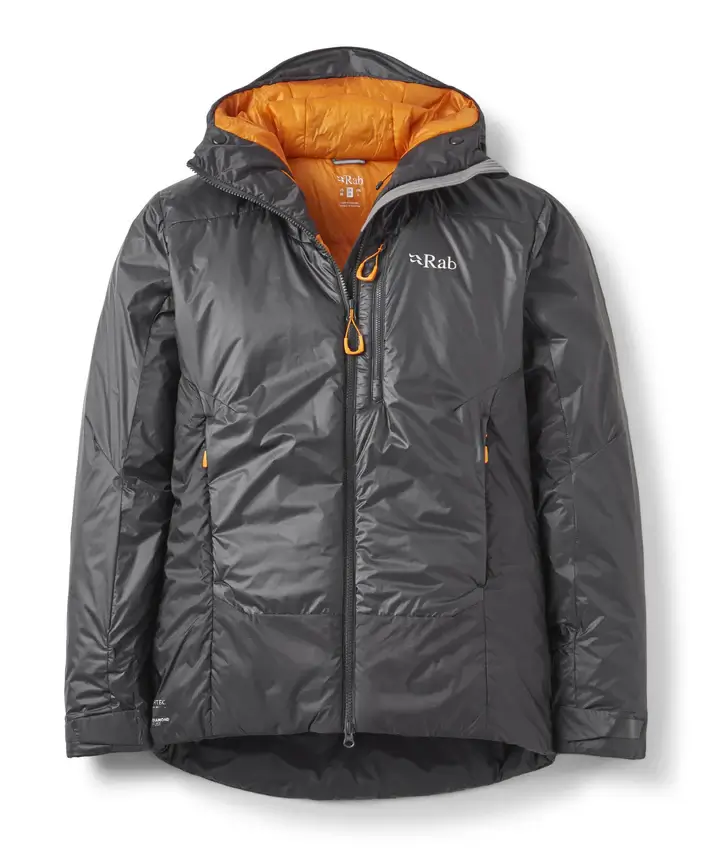


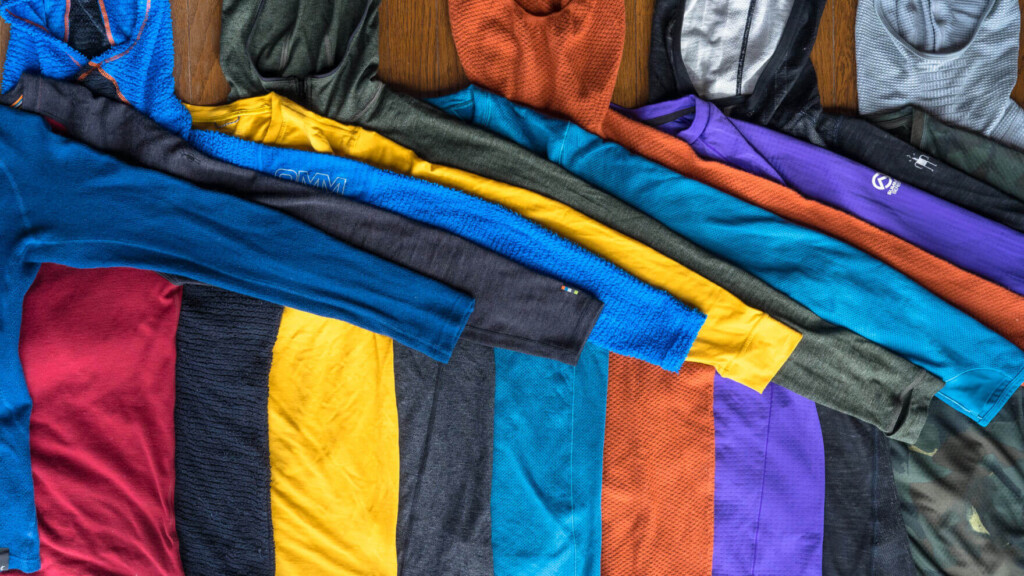 [A self-paying review without consideration] A selection of 40 or more base layers, and by actual comparison of the best buys by scene and purpose.
[A self-paying review without consideration] A selection of 40 or more base layers, and by actual comparison of the best buys by scene and purpose.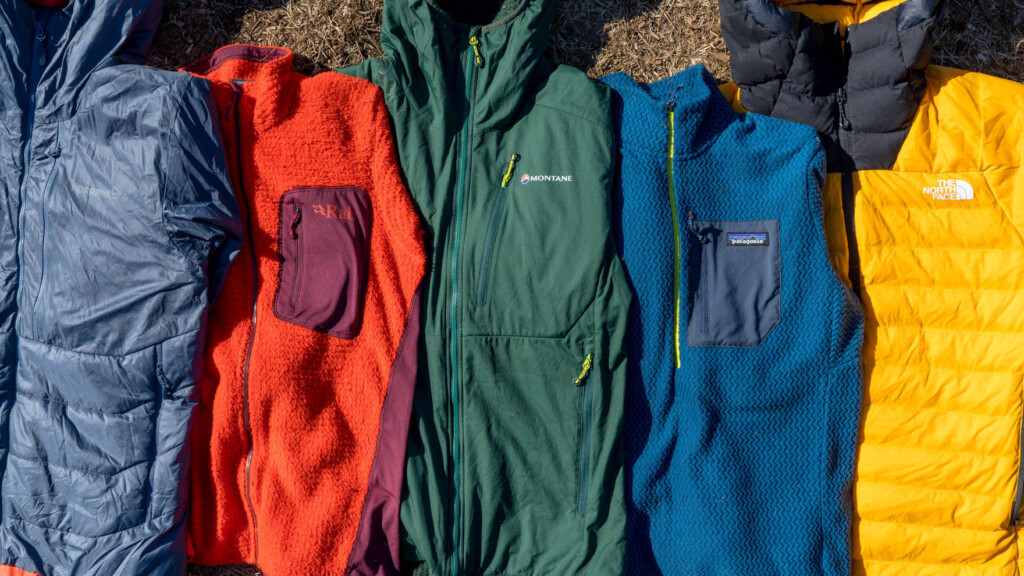 down? Synthetic fiber padding? Fleece? The key to layering is to choose the material. The best models for mountaineering winter clothing (mid-layer) for this season, and tips for choosing one that won't make a mistake
down? Synthetic fiber padding? Fleece? The key to layering is to choose the material. The best models for mountaineering winter clothing (mid-layer) for this season, and tips for choosing one that won't make a mistake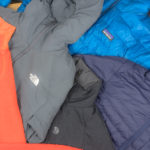 Comparative review: I learned the best choice of synthetic insulation jackets after wearing this winter
Comparative review: I learned the best choice of synthetic insulation jackets after wearing this winter Patagonia NanoAir Ultralight Review: A lovely, the exquisite volume that can be used all year round, and the extremely convenient active mid-layer is extremely convenient
Patagonia NanoAir Ultralight Review: A lovely, the exquisite volume that can be used all year round, and the extremely convenient active mid-layer is extremely convenient